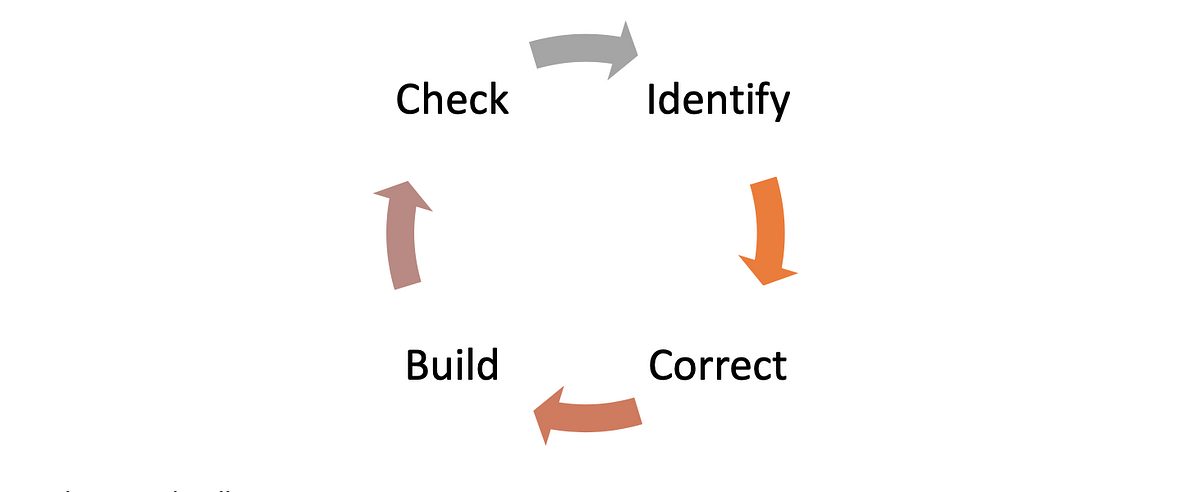
Blog -
Supporting student success: the power of metacognition in the classroom
Stewart Pinnock explains how metacognition can empower students to become active agents in their learning.

Share on:

by Greenshaw Research School
on the
Having had a few weeks back in the classroom, what are the reflections we have?
I wrote the blog below just after the return to school date was announced, thinking ahead to what we as classroom teachers might want to prioritise when we returned. Having now gone back, I’ve included a section at the end that reflects on how much of the blog is still relevant, and what might need revisiting. As previously, whilst there will be a significant number of things on your plate depending on your role and responsibilities within the school, for the purposes of this blog we’re focusing on everyday classroom teaching.
“There may be new barriers to success in school such as...adaptations to school routines which may affect the behaviour of some pupils. Equally, many pupils will thrive as regular school routines are (re)established.” – The EEF guide to supporting school planning: A tiered approach to 2020-21
The above quotation from the EEF Guide to Supporting School Planning provides a great starting point about one of the biggest challenges students will face: (re)adjusting to classroom routines. As Tom Sherrington notes in his blog, students have missed out on a wealth of social interaction. This will create a strong desire for students to maximise the most of their social time and, coupled with not being exposed and used to school norms for almost 3 months, has the potential to derail learning quickly.
Establishing and re-establishing routines are crucial. For students it means they know what to expect and so can adjust their behaviour accordingly, it means they aren’t having to use precious mental resources on trying to figure out their environment, so they have more of this available to direct towards their learning. For teachers it means we can spend more energy on teaching high-quality lessons because we aren’t having to deal with unexpected disruptions.
I would suggest it may be worth spending time early and often in re-establishing our effective classroom routines, perhaps sacrificing some “curriculum” time in order to do this. The goal is to get back to “business-as-usual”, but we must be patient and think carefully about how to get there.
Takeaway 1: Regular use of techniques like Wait Time, Cold Calling, whole-class response systems will establish effective classroom routines, allowing students to all contribute in lessons and maximise directing their attention towards the learning.
“High-quality assessment is essential to great teaching, helping us understand what pupils have (or have not) learned.” - The EEF guide to supporting school planning
I think the biggest advantage that being in a classroom has is the ability to see students’ work! In a classroom we have many tools at our disposal to help struggling students: we can use whole-class responses systems to see their thinking, we can recognise that classic look of confusion on a student’s face, and students tend to feel more comfortable about asking for help. But before thinking about how to make best use of these tools we must use the word “assessment” with caution; we are not trying to quantify the learning.
We are doing exactly as the above says: trying to figure out what students do, and perhaps more importantly, do not know. I find it helpful to use an analogy: rather than trying to build a wooden house we are identifying the rotten wood and replacing it first. Students’ understanding and knowledge will have gaps as a result of missing out on the corrective feedback we give so regularly in classrooms, and so it’s crucial to first identify them before attempting to build on them.
Takeaway 2: Techniques like mini-whiteboards, exit tickets, multiple-choice questions are highly effective ways of identifying misconceptions in learning.
Once identified, we then need to fill these gaps and think hard about how to do so. Fletcher-Wood gives some great ways to provide corrective feedback to students here and page 9 of the EEF guide gives an excellent outline of the components of effective teaching that will facilitate this.
A great way of combining explicit teaching with scaffolding is to use an intermediate step teacher-led instruction and independent student practice, using techniques like example-problem pairs or partially worked solutions (discussed in a previous blog here).
Takeaway 3: Explicit modelling, scaffolding, and cognitive and metacognitive strategies are key in correcting knowledge.
Having looked at all of that I want to go back to our wooden house analogy. We’ve identified the rotten wood, switched it out, and are now in a place to start building. Or are we? Rot is a hard thing to get rid of, and so are misconceptions, so it’s crucial that this is seen as a continual process of checking and re-checking to ensure that we’re keeping that rot at bay, giving solid foundations to build on, and capitalising on what we’ve said earlier by building highly effective assessment routines.

I’ll be the first to say that it’s been an impressively pleasant surprise to see how easily students have got back into their routines. Whilst there has perhaps been a slightly increased level of excitement about being amongst friends, I haven’t found students’ overall behaviour any different to coming back after a normal half-term break.
However, whilst their behaviour routines can perhaps be pushed lower down our priority list for the moment, a difficulty I have found in certain classes is re-establishing whole class response systems. Getting feedback from an entire class was one of the most glaring limitations of teaching online, coupled with being able to provide individual responses to those students. Some of my students appear slightly more apprehensive to offer solutions, so I’ve increased the amount of “No Opt Out” (from Teach Like A Champion) I’m using in lessons.
A favourite of mine is format 2: “another student provides the answer; the initial student repeats the answer”. It means students aren’t allowed to simply say “I don’t know” and switch off, they’re having to listen and then hold that answer in their head before repeating it. As Willingham’s famous quote says, “memory is the residue of thought”, and whilst this is only the start of student learning, it is a powerful way of establishing a high-expectation culture and providing a better foundation for our house of learning than “I don’t know”.
Takeaway 4: Using “No Opt Out” techniques can help in turning “I don’t know” moments into moments of understanding.
Amarbeer Singh Gill
Lead Practitioner (Maths)
St John’s Catholic Comprehensive School
Twitter: @InspiredLearn_

Blog -
Stewart Pinnock explains how metacognition can empower students to become active agents in their learning.

Blog -
Phil Stock, Director, explains how SEMH principles can help develop a caring and supportive culture and reduce pupil absence.

Blog -
Johnny Richards explains how Disciplinary Literacy can help build pupils’ knowledge, reading and thinking skills.
This website collects a number of cookies from its users for improving your overall experience of the site.Read more